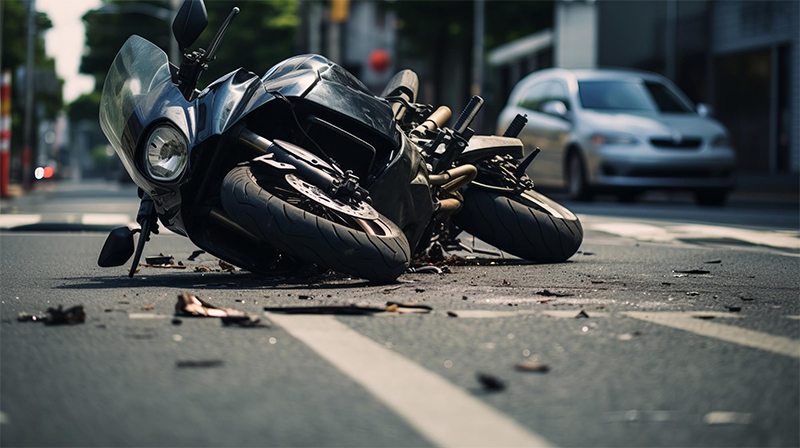Lane Splitting
Lane splitting, also known as lane sharing or filtering, is the practice of a motorcycle rider traversing between adjacent lanes of traffic or between stationary vehicles in the same lane.
This maneuver allows motorcyclists to bypass heavy traffic, particularly in congested areas with slow-moving or stopped vehicles. While the legal status of lane splitting varies across the United States, we will specifically focus on the state of Nevada.
Nevada Lane Splitting Laws
In Nevada, lane splitting is currently not legal. Lane splitting is the practice of motorcyclists riding between adjacent lanes of traffic. [1] Nevada traffic laws explicitly prohibit this action. Violators can face fines and penalties if caught lane splitting on public streets.
Motorcyclists involved in accidents while lane splitting in Nevada can be held liable for any damages or injuries caused.
They may be responsible for their medical expenses, property damage, and other potential liabilities. Depending on the circumstances, motorcyclists may also face civil lawsuits and personal injury claims from other parties involved in the accident.
To support this prohibition on lane splitting, specific laws and regulations have been put in place in Nevada. These laws aim to ensure the flow of traffic and the safety of all road users.
Motorcyclists are required to follow the same traffic rules as other drivers, including not engaging in reckless driving or dangerous actions such as lane splitting.

Risks Associated with Lane-Splitting
Lane-splitting is illegal, which also means that there are risks associated with lane-splitting. Here are some potential hazards to consider:
Riders should always prioritize their safety, wear appropriate protective gear, remain vigilant, and be prepared to react quickly to potential dangers.

If you have been involved in a lane-splitting accident in Nevada, our law firm, Goldberg & Loren, can provide you with experienced attorneys who are knowledgeable in motorcycle accident cases. Our team is dedicated to helping accident victims seek the compensation they deserve for their injuries and damages.
Source:
[1] Consumer Guide to the Nevada Lemon Law. (n.d.). ConsumerAffairs. https://www.consumeraffairs.com/lemon_law/nv.html

